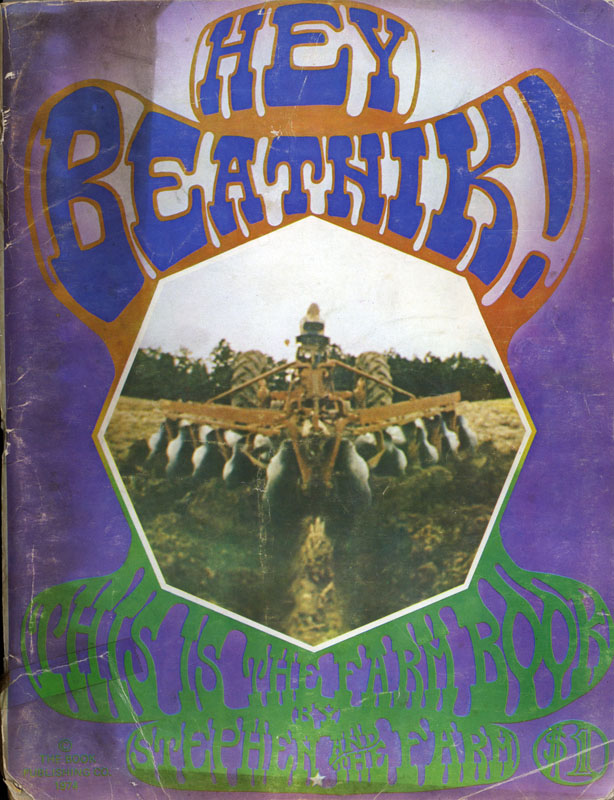 |
| Swanky screenshots of the Boskoi Beta |
It is fun to go out with a 'guide' and discover this n'th landscape and to learn about the unsuspected properties and uses of ordinary plants. An astonishing array of everyday 'weeds' (as you call them) are at least partly edible and it is great that people are sharing this knowledge through books, (art) projects and and through on-line services like Boskoi and Forag.rs and countless of others, this augmented foraging wiki lists almost 30 different projects. It is probably true that our grandmothers and great-grandmothers were aware of these plants both as food and for its medicinal properties. (Even though this knowledge has always been suspicious: it was the secret technology of the witch). We, who depend on an incredibly impoverished diversity of food-sources, have forgotten the variety of nature and suppressed our grazing habits. Now we must relearn this the hard way.
Typically 'collaborate free food mapping sites' critically depend on the Google.Maps backbone/interface, enabling you to find edible foodstuffs on a map and learn their uses with no effort than a double-mouse click. These services will also urge you to add your own local wild food resources to the database through a point-and-click interface. Most services will also provide (or promise to do so at some point in the future) related information like harvesting season, medical issues or recipes. However, all augmented foraging application I have seen so far disappoint when it comes down to delivering the goods: their databases are all almost empty. And even though this might of course change, I have my doubts.
 |
| Forage.rs has the best interface but 11 annotation for the entire US is pathetic. |
Unlearning is just as important as learning.
There are already millions of G-maps applications, the technology is just monkey business. What I would like to see these services do is to step away from the gonzo-mapping model. Instead they should try to create content, to create exhaustive coverage for an area no matter how small. Collecting this data is hard work but once it is done, even when it is just for one street, it will give a much better sense of the richness of the world right under your nose than a random shatter of annotations ever will. It also makes sense as a open-source best practise: the open source projects that find the leverage to spawn an enthusiastic community are always the ones in which the project is useful from the start.
The edible city phenomena is a hippie revival because no other movement in the past (from surrealism to situationism to punk) has ever considered the production of food as politically important. That hurts.
 |
| The hippies were there before us, even though farming is a hopelessly conservative practise |
There is also my proposal for Forage Mark-Up Language which is for you if you want it but will probably forever unused, which is ok.
 |
| Small portion of Free Food Bristol map |
Geen opmerkingen:
Een reactie posten